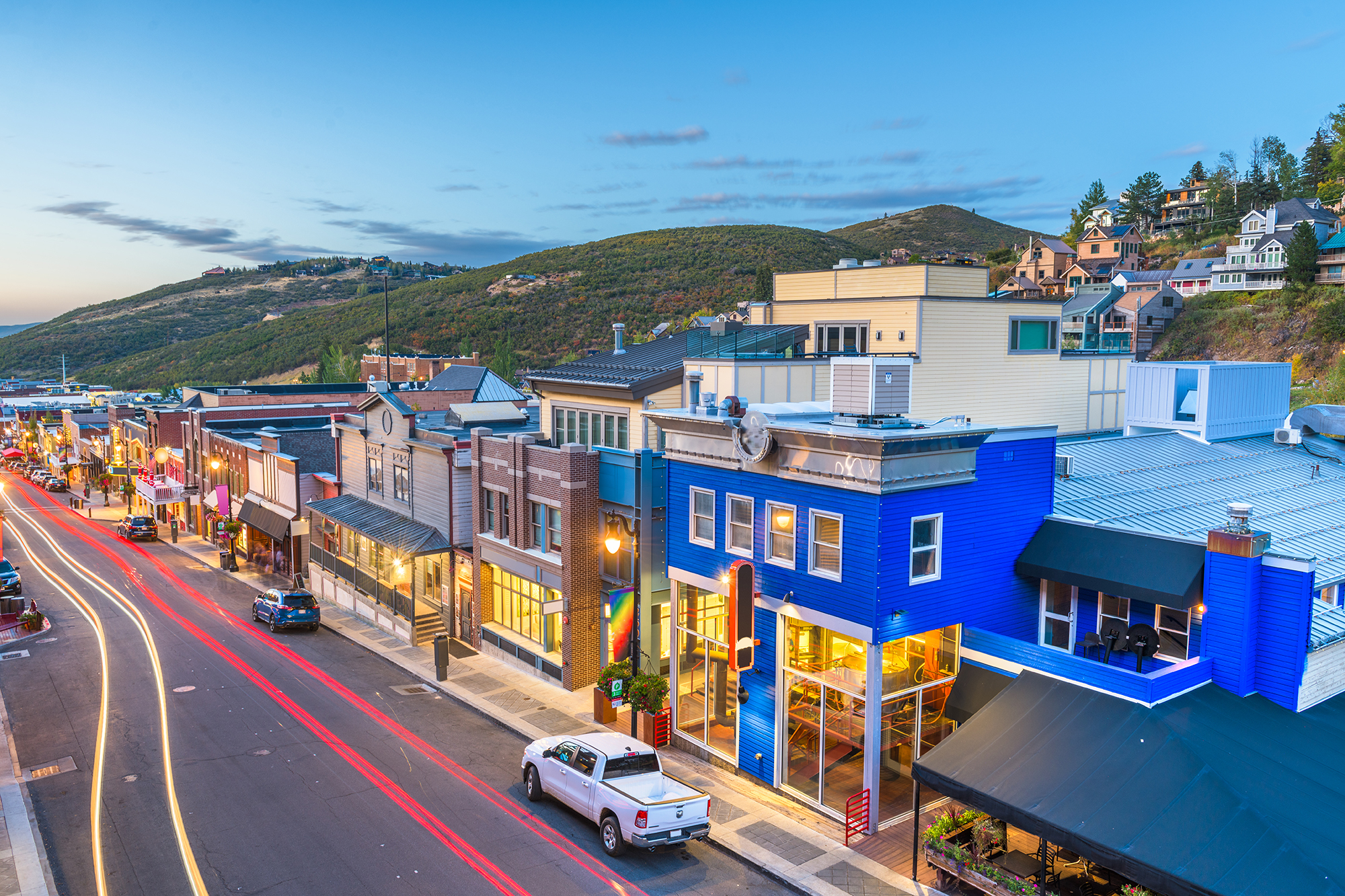
Scenic America is celebrating Earth Day by taking a closer look at how our key issues are woven into the principles of environmentalism and sustainability. Every day this week, we will be posting new content about one of our five key issues and detailing how each embody the Earth Day spirit. Today, we investigate how placemaking strategies and intelligent community planning initiatives can contribute to more sustainable communities.
Scenic America believes that everyone has the right to live, work, and play in beautiful places. It is why we promote strong communities with character and sustainable development practices. Placemaking and community planning initiatives with a focus on creating vibrant and sustainable cities and towns are fundamental in fostering living spaces that honor our environment and enhance our quality of life. At the heart of this lies the preservation of community character — the unique essence that makes each locality special.
Navigating Development Interests for Sustainable Community Growth
When people seek out places to live, work, or visit, they are drawn to areas with character — places adorned with parks, trails, local dining, and vibrant retail. Investing in the visual aesthetics of communities enhances their economic vibrancy and contributes to their livability and sustainability. However, achieving this balance requires local communities to navigate the interests of corporations and developers while prioritizing the community’s needs.
The alternative to thoughtful, deliberate growth is sprawl — a phenomenon with far-reaching consequences, including the rapid consumption of open space, destruction of prime farmland, depletion of forests, and degradation of scenic landscapes. Cities that overlook proper planning or design choices risk corrupting the unique qualities that define them, making recovering from the loss of community character difficult.
The Role of Elected Officials in Responsible Development
The scenic qualities of our communities significantly impact our quality of life, influencing economic prosperity, mental well-being, and community pride. It is the responsibility of elected officials to enact comprehensive planning processes involving community input to ensure that development aligns with the area’s unique character. Citizens can participate in public meetings and provide feedback. In addition, elected officials can enforce design guidelines that promote architectural diversity, pedestrian-friendly streetscapes, and landscaping with native plants. Finally, elected officials can engage with community stakeholders, including residents, business owners, and nonprofit organizations, to collaboratively identify priorities for preserving community character.
Promoting Intelligent Growth Strategies
To combat sprawl and preserve community character, intelligent growth initiatives are essential. Some examples of intelligent growth strategies incorporating sustainability and environmental interests include mixed-use zoning, green building standards, and transit-oriented development. Mixed-use zoning allows for integrating residential, commercial, and recreational spaces within the same neighborhood or development. Implementing green building standards, such as LEED (Leadership in Energy and Environmental Design) certification or Energy Star ratings, encourages developers to construct environmentally sustainable buildings. TOD focuses on creating mixed-use developments centered around public transportation hubs like train stations or bus stops. By promoting compact, walkable communities with access to transit, TOD reduces reliance on cars, decreases traffic congestion, and minimizes greenhouse gas emissions.
The Role of Native Plants and Dark Sky Preservation
Another integral aspect of placemaking is integrating native plants and trees into community landscapes. Native plants contribute to the beauty and character of local environments and offer numerous ecological benefits. Unlike non-native species, native plants are resilient, well-adapted to local conditions, and require minimal maintenance, making them cost-effective and environmentally friendly choices for landscaping projects.
Furthermore, preserving scenic views and dark skies is paramount to maintaining community character. Scenic assets such as sweeping landscapes and unobstructed night skies not only enhance property values but also contribute to residents’ well-being. However, the proliferation of light pollution threatens our ability to enjoy the natural beauty of the night sky and disrupts ecosystems. According to research published in the journal Science Advances in 2020, the global extent of artificial outdoor lighting has been steadily increasing by approximately 2.2% per year between 2012 and 2016. This study utilized satellite data to analyze the intensity and distribution of artificial light at night, revealing a significant expansion of light pollution across the globe.
A Commitment to Placemaking for Sustainable Communities
Placemaking and community planning are necessary components of creating sustainable, dynamic communities. By prioritizing responsible development, integrating native plants, preserving scenic views, and combatting light pollution, we can ensure that everyone can live, work, and play in beautiful places. As we celebrate Earth Day, Scenic America reaffirms our commitment to preserving community character and safeguarding the environment for future generations across the United States.